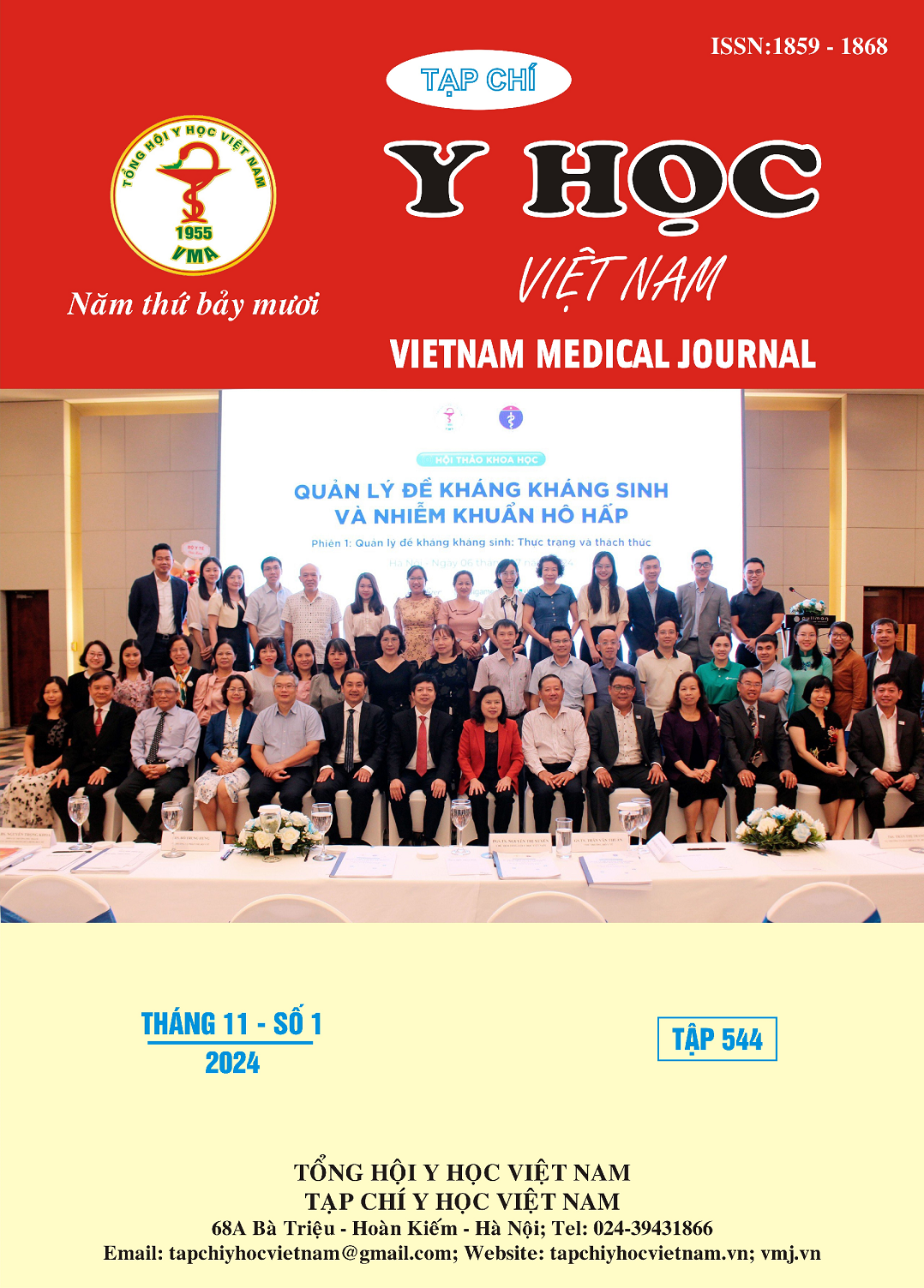KHẢO SÁT KIẾN THỨC VỀ CÁC BƯỚC SƠ CỨU XỬ LÝ TỔN THƯƠNG, PHƠI NHIỄM VỚI MÁU VÀ DỊCH CƠ THỂ KHI THỰC TẬP TẠI CÁC BỆNH VIỆN THỰC HÀNH CỦA SINH VIÊN
Nội dung chính của bài viết
Tóm tắt
Mục tiêu: Trong quá trình thực tập tại bệnh viện, sinh viên ngành y tế thường tiếp xúc trực tiếp với máu và dịch cơ thể của bệnh nhân. Điều này cho chúng ta thấy, kiến thức về các bước sơ cứu xử lý tổn thương, phơi nhiễm với máu và dịch cơ thể khi thực tập tại các bệnh viện thực hành của sinh viên là điều rất quan trọng. Xuất phát từ vấn đề trên, chúng tôi tiến hành khảo sát kiến thức về các bước sơ cứu xử lý tổn thương, phơi nhiễm với máu và dịch cơ thể khi thực tập tại các bệnh viện thực hành của sinh viên. Phương pháp: Mô tả cắt ngang có phân tích. Kết quả: Tỉ lệ nam: 49 (22,79%), nữ: 166 (77,21%). Trong khảo sát đồng ý về các bước sơ cứu khi gặp tổn thương do kim tiêm hay vật sắc nhọn, khi phơi nhiễm do bắn máu và/hoặc dịch cơ thể lên da bị tổn thương, khi phơi nhiễm do bắn máu hoặc dịch cơ thể lên mắt, khi phơi nhiễm do bắn máu và/hoặc dịch cơ thể lên miệng hoặc mũi, khi phơi nhiễm do bắn máu và/hoặc dịch cơ thể lên da nguyên vẹn: tỉ lệ hoàn toàn đồng ý và đồng ý lần lượt là 92,1% và 83,3%; 91,16%, 81,39% và 84,19%; 92,16% và 90,70%; 91,16%, 80,70%, 86,51% và 90,13%; 92, 56% và 81,86%; tỉ lệ không đồng ý nhưng cũng không phản đối lần lượt là 3,72% và 7,91%; 4,19%, 7,91% và 9,77%; 5,58% và 6,51%; 5,58%, 6,51%, 9,3% và 6,51%; 4,65% và 11,16%. Kết luận: Tỉ lệ nam: 22,79%, nữ: 77,21%. Trong khảo sát đồng ý về các bước sơ cứu khi gặp tổn thương do kim tiêm hay vật sắc nhọn, khi phơi nhiễm do bắn máu và/hoặc dịch cơ thể lên da bị tổn thương, khi phơi nhiễm do bắn máu hoặc dịch cơ thể lên mắt, khi phơi nhiễm do bắn máu và/hoặc dịch cơ thể lên miệng hoặc mũi, khi phơi nhiễm do bắn máu và/hoặc dịch cơ thể lên da nguyên vẹn: tỉ lệ hoàn toàn đồng ý và đồng ý lần lượt là 92,1% và 83,3%; 91,16%, 81,39% và 84,19%; 92,16% và 90,70%; 91,16%, 80,70%, 86,51% và 90,13%; 92, 56% và 81,86% cho thấy sự đồng ý cao về các bước sơ cứu; một tỉ lệ nhỏ về không đồng ý nhưng không phản đối; không đồng ý và hoàn toàn không đồng ý từ 11,16% trở xuống, cho thấy có một phần nhỏ sinh viên không hoàn toàn đồng tình và điều này cần được xem xét.
Chi tiết bài viết
Từ khóa
Các bước sơ cứu tổn thương, phơi nhiễm, máu, dịch cơ thể,bệnh viện thực hành, sinh viên
Tài liệu tham khảo
2. K. H. Nguyen, D. M. Stevens, et al (2021). Evaluation of Post-Exposure Prophylaxis Practices Among Medical and Nursing Students Following Blood and Body Fluid Spills, Journal of Hospital Infection.
3. M. A. Khamis, H. M. Ahmed, et al. (2020), Knowledge and Practice of Post-Exposure Prophylaxis Among Healthcare Workers Following Blood and Body Fluid Splashes to the Eyes: A Survey-Based Study, Journal of Occupational Health.
4. J. A. Wong, L. F. O’Brien, et al. (2021), Knowledge and Practices Regarding Bloodborne Pathogen Exposure Among Medical Students: A Cross-Sectional Study, American Journal of Infection Control.
5. N. B. Johnson, R. A. Patel, et al. (2022), Assessment of Knowledge and Practices Regarding Bloodborne Pathogen Exposure to the Eyes Among Medical Students, Journal of Medical Education and Training.
6. Fatima, Asmat; Alam, Sharique; Iftekhar, Huma; Tewari, Rajendra Kumar; Nisar Andrabi, Syed Mukhtar-Un; Faraz, Amber Ali, Knowledge, practice, and awareness of dental undergraduate and postgraduate students toward postexposure prophylaxis and needlestick injuries. A descriptive cross-sectional institutional dental hospital study, Journal of Oral Research and Review, 13(2):p 106-114


